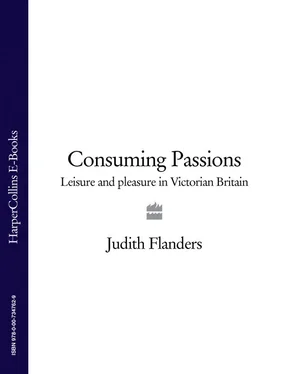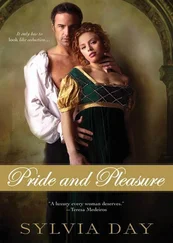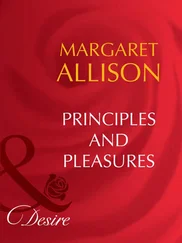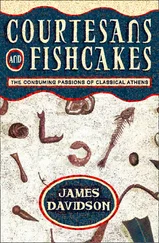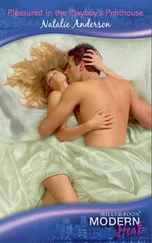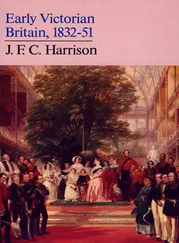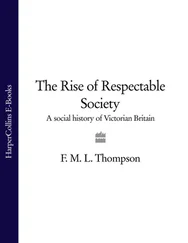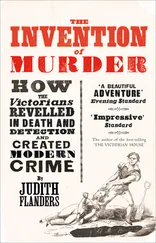But most exhibits were more concerned to display their manufacturers’ technical ingenuity. These were not the type of industrial processes that Albert had put so much faith in. They were not about ‘Raw Materials and Produce, illustrative of the natural productions on which human industry is employed’. They were instead ‘illustrative of the agents which human ingenuity brings to bear upon the products of nature’. Even here, Albert’s interpretation of the word ‘ingenuity’ and that of the manufacturers were worlds apart. Albert’s faith in the benefits conferred by the material world was interwoven with his belief in providence, social welfare and the moral value of labour. The manufacturers were more overtly concerned to show, through their command of technological innovation, how a new ideal domesticity might be formed, what goods were available that might be acquired, or at least aspired to. A ‘sportsman’s knife’ produced by Joseph Rodgers and Sons of Sheffield had a mother-of-pearl handle and eighty blades, on which were etched views of the Crystal Palace, Osborne House, Windsor Castle, a railway bridge designed by George Stephenson, a boar hunt, a stag hunt and more. The same manufacturer also produced a 56-blade knife that was less than 2 centimetres long, a razor with a view of Arundel Castle on the blade, and cutlery with 150 blades and a clock. A vase by Waterston & Brogden showed Britannia flanked by ‘Scotia’ and ‘Hibernia’, who were in turn surrounded by four heads representing the four quarters of the globe, while under them diamonds in the shape of a rose, a thistle and a shamrock surrounded images of Britons, Romans, Saxons, Normans and
a picture of the Battle of Hastings; under these were a range of national heroes—Nelson, Wellington, Milton, Shakespeare, Newton, Watt—all crowned with laurel wreaths, while at the very bottom lurked Truth,
Prudence, Industry and Fortitude. 25Such items were not goods that anyone needed—or would even think of buying. They were advertisements for the manufacturers, which was not at all what Albert had intended.
Other exhibits concentrated on innovations (many involving clothing) that offered relief from almost unimaginable situations: a safety hat for the prevention of concussion in case of a train crash; yachting outfits that had inbuilt flotation devices; corsets that ‘opened instantaneously in case of emergency’; a ‘Patent Ventilating Hat…the principle of ventilating being to admit air through a series of channels cut in thin cork, which is fastened to the leather lining, and a valve fixed to the top of the crown, which may be opened and shut at pleasure to allow perspiration to escape’. *Some promised speed—a doctor’s suit had a coat, waistcoat and trousers made in one piece, so in a night-time emergency the doctor might leap into them without any waste of time—while others went for economy—a ‘duplexa’ jacket reversed so that it could be worn as both a morning and an evening coat. 27Yet even the most implausible-seeming gimmickry may have had some practical results. Henry Mayhew, the journalist and social reformer, dated the cage crinoline (the metal frame that supported what today are referred to as ‘hoop’ skirts) to 1851, rather than the more usual 1854—6, and at least one historian of fashion has suggested that it may have developed from a display model at the Great Exhibition. 28
Further items on display that seemed primarily designed to display the manufacturers’ originality included ‘harlequin’ furniture—furniture that served more than one purpose. One of the exhibits was a couch for a steamship which could be turned into a bed at night, while the base, made of cork, acted as a life raft should the worst came to the worst. Should the worst remain only imaginary, the couch had at one end ‘a self-acting washing-stand…containing requisites for the dressing room and toilette’, while the other end enclosed ‘a patent portable watercloset’. Also on show were church pews connected to a pulpit by guttapercha (rubber) pipes, to allow the hard of hearing to listen to the sermon; an ‘expanding hearse’; a silver nose, for those missing a nose of their own; a vase made of mutton fat and lard; an oyster-shucking machine; and a bed which in the morning tilted its occupant straight into a waiting bath. 29
Even items with more long-standing recognized functions were not necessarily prized primarily for those functions. Of the thirty-eight pianos in the Official Descriptive and Illustrated Catalogue to the Exhibition, most were put, logically enough, in the section ‘Philosophical, Musical, Horological and Surgical Instruments’, but two were listed under ‘Furniture, upholstery’, because their papier-mâché cases were considered more important than their sound. Even many of the pianos listed under musical instruments had gimmicks, often to do with the problem of finding space for a grand piano in an average-sized house. Some instruments were simply designated ‘semi-grand’, an acknowledgement that getting a ‘real’ grand piano into a terraced house was like squeezing a quart into a pint pot. Broadwood’s, the most prestigious manufacturer (see pp. 355, 362—3), didn’t worry about such matters—the company knew its customers, and it showed four pianos, all grand. But others, with less exalted clients, who therefore had less grand houses which did not permit equivalently grand pianos, could not be so cavalier. Pierre Erard, who listed himself as ‘Inventor, Designer and Manufacturer’, had a range of sizes to show: ‘ornamented extra-grand; extra-grand with pedal keys; small grand…grand oblique [which from the picture looks like a decorated upright piano], ornamented in the Elizabethan style…grand cottage; reduced cottage…’
Others had more elaborate objects to show. George Frederick Greiner had a semi-grand ‘constructed on the principle of the speaking-trumpet’; while Smyth and Roberts’s piano was ‘on the principle of the violincello’. John Brinsmead was far more worried about appearance than sound, and showed a piano whose ‘case permits the instrument to be placed in any part of the room. Embroidered device in the central panel.’ Another manufacturer enclosed his piano’s workings in plate glass instead of wood; yet another highlighted the case’s ‘paintings of mother-of-pearl on glass’. Richard Hunt meanwhile joined in the general enthusiasm for harlequin furniture. His piano was ‘a dining or drawing room table, [which] stands upon a centre block, or pedestal, and contains a pianoforte (opening with spring-bolts) on the grand principle, with a closet containing music composed by the inventor’. William Jenkins and Son had a ‘registered expanding and collapsing pianoforte for gentlemen’s yachts, the saloons of steam vessels’ ladies cabins, &c.; only 13 1/ 2inches from front to back when collapsed’. 30Other manufacturers concentrated on the music student: Robert Allison’s piano had keys that ‘alternated in colour, to show all the scales, major and minor, according to a single rule for each mood, founded on the place of the semi-tonic interval, which renders the seven notes to be touched for an octave of each of the other eleven scales, as evident as the scale of C’; while Robert Addison showed ‘a transposing pianoforte. This piano will transpose music five semitones higher or lower than the written key.’ 31
Even at the time, there was a recognition that gadgetry had got out of hand: the Illustrated London News lamented the displays of ‘a tissue [fabric] which nobody could wear; a carriage in which nobody could ride; a fireplace which no servant could clean if it were ever guilty of a fire; a musical instrument not fit for one in fifty thousand to play; endless inventions incapable of the duties imputed to them’. 32This brought to the fore the question: were the exhibits designed to show the inevitable march forward to prosperity for all, or would it be more true to say that many exhibitors—and even more of the public—were seeing the Great Exhibition as an enormous advertising site?
Читать дальше
